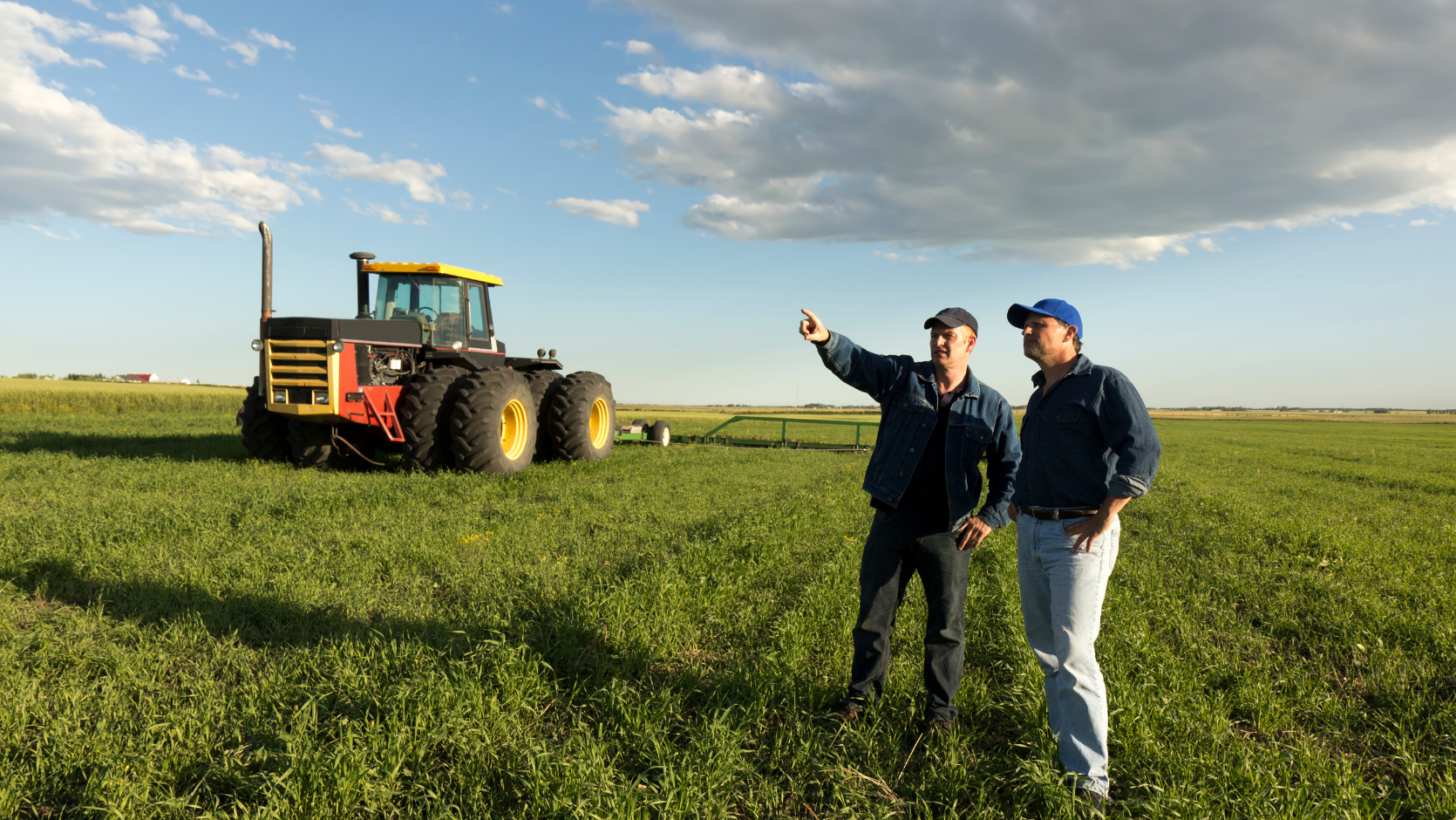The Facts
Delivery driver works on both sides of NSW-Queensland border
The employee was a delivery driver working from his employer’s warehouse in Tweed Heads, located just inside the NSW border. Organisationally, the Tweed Heads branch formed part of the employer’s Queensland operations, with the warehouse manager reporting to the employer’s state manager in Queensland.
The worker made deliveries north of the border in Queensland, extending to Beenleigh in the north and Jimboomba, Beaudesert and Springfield Lakes in the west, as well as south of the border in NSW, to Casino and Lismore. Around 70% to 80% of the deliveries were made in Queensland.
Employee suffers significant personal injury at work
In May 2010, the worker was required to deliver a hot water system to a building site at Goonellabah, near Lismore in northern NSW. He was unable to obtain assistance at the site. In attempting to deliver the hot water system, he suffered a significant personal injury.
The delivery driver sued his employer for damages. When negligence was alleged against the employer, the question which arose was whether the claim for damages would be governed by Queensland law or NSW law.
Which state’s law should apply, Queensland or NSW?
The worker submitted that Queensland law applied in determining liability, damages and the quantification of those damages.
If the worker could make a common law claim in Queensland, he would avoid the 15% threshold which exists under NSW law. Additionally, he could make a claim for multiple heads of damages, rather than merely past and future wage loss and past and future superannuation loss, which are the only damages payable under the NSW work injury damages scheme.
The insurer, WorkCover Queensland, argued that it was a NSW case, based on the “state of connection” of the employee and that accordingly, it had no liability to cover his claim for damages.
It was up to the Supreme Court of Queensland to determine whether WorkCover Queensland was obliged to pay the man’s claim.














Expert commentary on the court's decision
Queensland Supreme Court makes finding in favour of insurer
In the case Ferguson v WorkCover Queensland [2013] QSC 78, the court decided in favour of the insurer, WorkCover Queensland.
The court determined that while the delivery driver, Mr Trent Ferguson, usually worked in both Queensland and NSW, he was based in NSW, so WorkCover Queensland was not obliged to pay his damages claim.
Difference between “statutory compensation” and “damages”
In workers compensation cases, the law makes a distinction between “statutory compensation” and “damages”. “Statutory compensation” includes weekly income expenses, as well as past medical and travel expenses.
“Damages” are treated differently in the two states. In NSW they cover past and future economic loss, whereas in Queensland they cover past and future economic loss, pain and suffering, and future medical expenses. In certain restricted circumstances paid domestic care is also available.
In this case Mr Ferguson had already received statutory compensation under the NSW WorkCover Scheme. His claim for common law damages from WorkCover Queensland rather than from the NSW body was presumably due to the more generous provisions existing in Queensland for workers compensation cases.
How are damages arising from negligence treated in work injury cases?
In a normal case for personal injury damages arising from negligence, it is the law of the state where the tort occurred which is important. (A “tort” is a wrongful act which gives rise to legal liability.) This determines which tort law applies. This was decided in John Pfeiffer v Rogerson.
Work related injuries are treated differently in Queensland and NSW.
Section 150A of the Workers Compensation Act 1987 (NSW) and section 324 of the Workers Compensation and Rehabilitation Act 2003 (QLD) say essentially the same thing. That is, if workers compensation is payable under the statutory scheme of a particular state, then it is law of that state which governs whether or not a claim for damages can be made and the size of that claim.
“State of connection” test in workers compensation cases
The “state of connection” test is found in section 9AA of the NSW legislation and section 113 of the Queensland legislation. Again, those sections say essentially the same thing.
Where did the worker usually work?
For practical purposes, if a worker works in both states, the state where the worker spends more time – say 80% in Queensland, as in this case, but only 20% in NSW – is not determinative of the state in which the employee “usually” works.
The court pointed out that the evidence indisputably established that the driver usually worked in Queensland. The question was whether or not he also usually worked in NSW. The fact that Mr Ferguson “usually” worked in Queensland did not preclude him from also “usually” working in NSW.
The court concluded that Mr Ferguson usually worked in both Queensland and NSW.
Where was the worker usually based?
If no one state can be identified as the state in which the employee usually works, it is necessary to look at the second limb of the test – part (b) above – to identify where the worker is usually based.
One of the key considerations when determining where the worker will be compensated for common law damages is where the worker starts and finishes work each day. In the Ferguson decision, the court found the following:
The decision in this case is authority for the proposition that if a worker starts and finishes work each day at a facility of the employer in a particular state, then that is the state where the worker is usually based.
“Usually works”, “usually based” and “general place of business”
In the Ferguson decision, the judge made reference to a presidential decision in the Workers Compensation Commission of NSW, in Martin v RJ Hibbens. This decision contained a useful summary of the authorities relating to the “state of connection” test, including the concepts “usually works”, usually based” and “general place of business”.
The principles discussed in the Martin case were adopted in the Ferguson decision.
Insurers can accept a statutory claim but deny liability for damages
Section 9AB(1) of the NSW legislation and section 114(1) of the Queensland legislation provide the following:
Even if WorkCover Queensland were to accept a claim in a statutory sense and pay benefits, that does not prevent WorkCover Queensland subsequently denying liability and arguing that the worker’s state of connection is NSW, rather than Queensland.
Liability for damages disputed even though statutory compensation paid
A court can subsequently make a separate determination on liability for damages, even though that compensation has already been paid under the statutory system. This was held in SS Family v WorkCover Queensland.
This case did not focus on the jurisdictional issue under section 9AA of the NSW legislation, nor section 113 of the Queensland legislation: it was a case that determined whether liability for damages could subsequently be disputed by WorkCover Queensland.
In the SS Family case, the court determined that WorkCover Queensland could make a liability determination on the damages claim against the worker, even though statutory compensation had been paid under the Queensland system.
Claims for common law damages by employees whose work straddles borders
If workers are considering a claim for common law damages because of a workplace injury, they will need to consider carefully the state of connection tests for statutory workers compensation benefits under NSW and Queensland law, because those are the principles that will apply to the entitlement and quantification of any claim for common law damages from a work injury.
Even if a workers compensation insurer in NSW or Queensland makes a payment of statutory benefits, then that is not necessarily the workers compensation insurer which will need to answer any claim for common law damages by the worker.
Employers may need to take out policies of workers compensation insurance in multiple states
Businesses which employ workers on the border between Queensland and NSW may need to take out policies of workers compensation insurance in both states, to ensure they do not run the risk of a finding that an employee’s state of connection is a state in which the employer is uninsured.